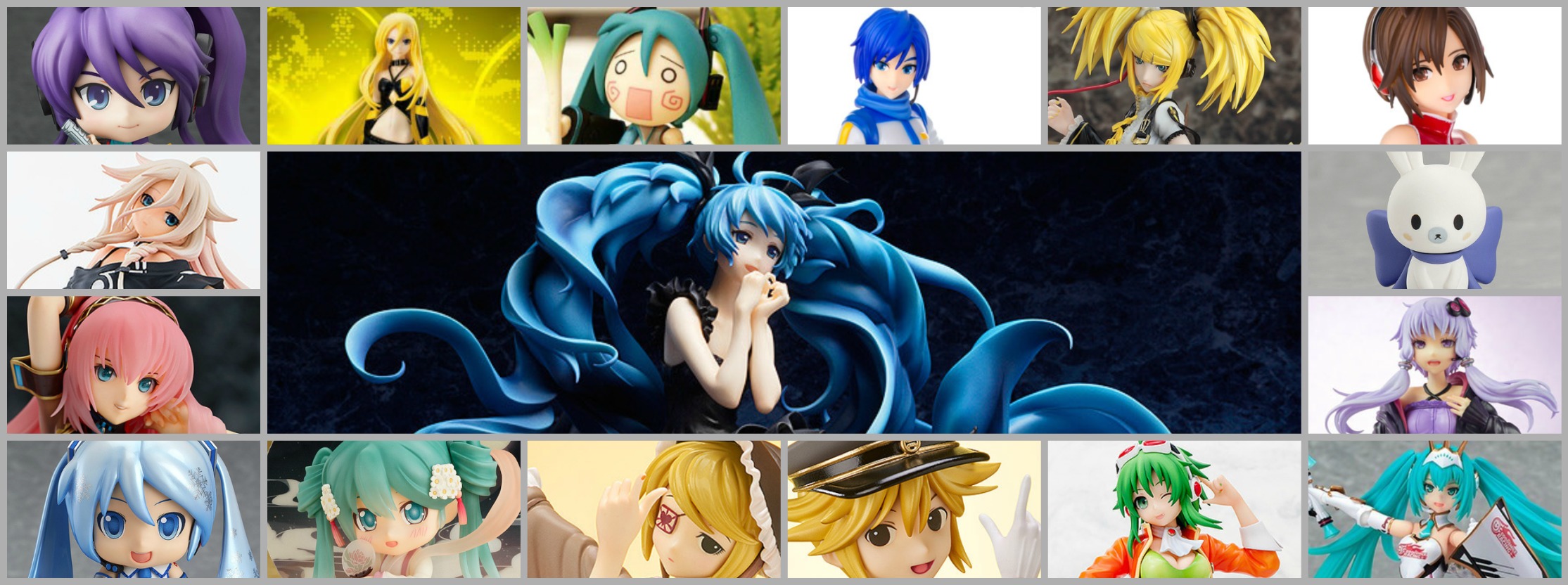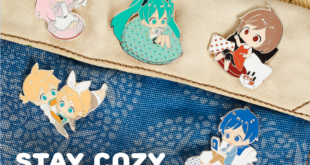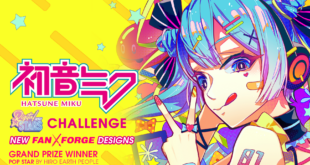Nendoroid Co-De
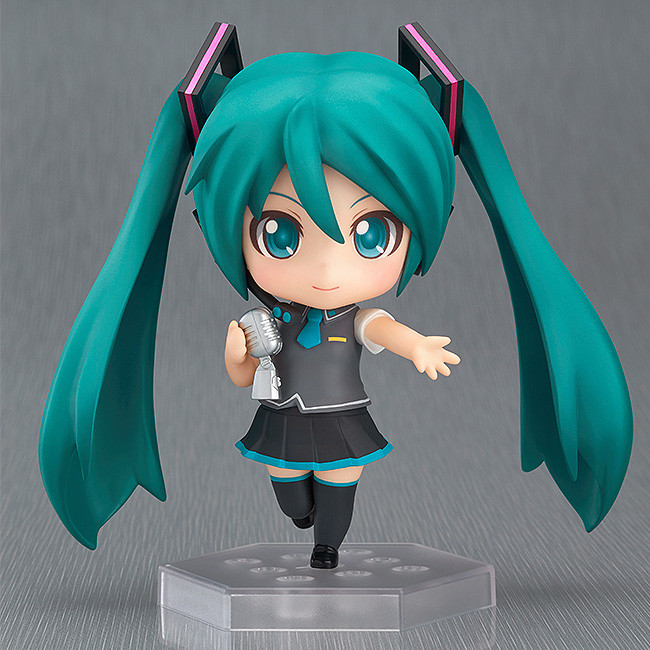
Nendoroid Co-De figures can be considered Budget Nendoroids. While they’re the tiny size of a Nendo and have the same body type as one, they don’t come with all the extra parts nor do they have the ability to change out parts as freely as regular Nendoroids. This leads to a much cheaper price.
However, they still do have some customization options. The four parts of each Co-De can be switched freely to create different combinations. There is also a small range of motion available via the head which can turn.
These figures will usually cost ¥2,778 JPY or approximately $27 USD. The only VOCALOID Co-De that breaks this pattern is the Red Feather Community Chest Miku Co-De which cost a bit more at ¥3,241 JPY or about $32 USD. You can find the official page for the Nendoroid Co-De line here.
Pros
Great for Entry Level Collectors. If you want to start small and cheap but still high quality, Nendoroid Co-De figures are definitely a great option. They let you get a feel for collecting high quality figures without that high price tag that usually comes along with them.
Price. At less that $30 USD for one (before shipping), it’s a good quality figure for a pretty cheap price.
Easy to Manage. Unlike Nendoroids, there aren’t a ton of small parts that you can lose. This once again makes these figures great for people who want to get a feel for collecting or just people who don’t have any more room to store extra Nendoroid and figma Parts.
Still Pretty Customizable. Despite not having the full range of options that Nendoroids do, you still can switch things up and even mix and match parts with your Nendoroids and Co-Des outside of the VOCALOID line.
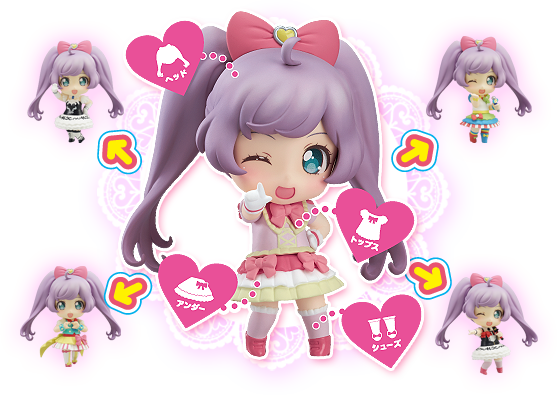
Each Co-De comes with four parts: Their head, their shirt/top, their skirt, and their legs. The parts can be mixed and matched amongst Co-De figures with ease, leading to a wide range of possibilities.
Easy to Display. Anyone who owns Nendoroids will tell you smaller parts like a microphone can sometimes be torture to put in a Nendo’s hands. Co-De figures come out of the box with nice poses that require zero effort.
Availability. Much like Nendoroids, the Co-De figures are pretty easy to get ahold of even after they’ve been released. Many stores are even selling this relatively cheap figures for pretty good prices!
Middle
Pose-able to a degree. As mentioned, these figures can move their heads but that’s about it. They were made to be cheaper and easier to manage than Nendoroids so there isn’t a ton of points taken off for this. It may just seem a bit odd to a seasoned Nendoroid collector when their Nendoroids are almost as stiff as scales.
Cons
Character Selection. So far, most of the VOCALOID Co-De figures are of Miku with a single Len figure making the cut as well. If you want even one of the other Crypton characters, you’re out of luck for the moment.
figmas
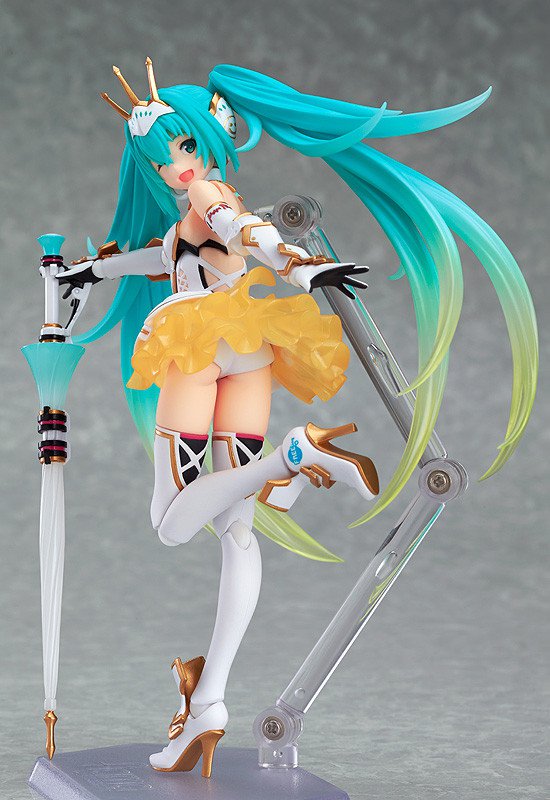
The figma line is best described as a mashup between ball-jointed dolls and detailed scale figures. Figmas have neck, shoulder, elbow, wrist, hip, knee, and ankle joints as well as a movable torso to support better posing. And, of course, the Miku figmas come with movable twin tails.
Much like Nendoroids, figmas are quite capable of being customized. Face plates can be swapped and the many joints allow for lots of different poses. Figmas often come with props as well as extra hand parts to allow for even more expression.
Due to the nature of figmas, they often come with fewer parts than Nendoroids. But if one was to remove the extra leg and arm parts needed for posing Nendos, they would see the two are rather even in terms of extra parts.
Price wise, figmas will set you back more than most of the other options. Though older figmas (such as the Luka one) range between $20 and $30 USD, the newer ones are usually between $40 and $80 USD.
The most expensive figmas are the Racing Miku ones, which can only be obtained through Good Smile Racing personal sponsorship pledges. As of 2015, the cheapest figma course is $80 USD.
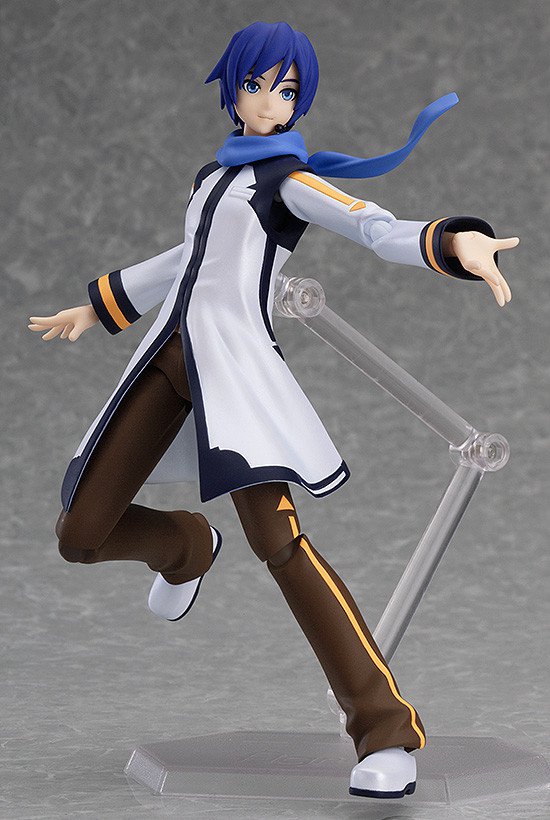
Pros
Most Pose-able. When it comes to the number of poses you can put figures in, figmas by far take the lead. Their many joints allow for infinite possibilities.
Customizable. Much like Nendoroids, figmas are capable of being customized. Face plates can be switched out as well as hands and even full heads. Accessories are also exchangeable among the figma line.
Realistic. As mentioned before, figmas can be thought of as a mix between ball-jointed dolls and scale figures. While figmas are not necessarily made to a scale compared to the character, they are made to a scale compared to the human body.
While proportions are skewed slightly to fit the anime style, this simply makes it seem like the character has come to life in the real world.
Free Standing (to a Point). While figmas are modeled after humans, they aren’t human. A figma can stand on its own two feet so long as it is balanced properly but can’t stand in complex poses without its base.
Once again, we recommend that you display your figure with its stand. Though a figma can stand on its own, it’s far sturdier when there is a stand supporting it.
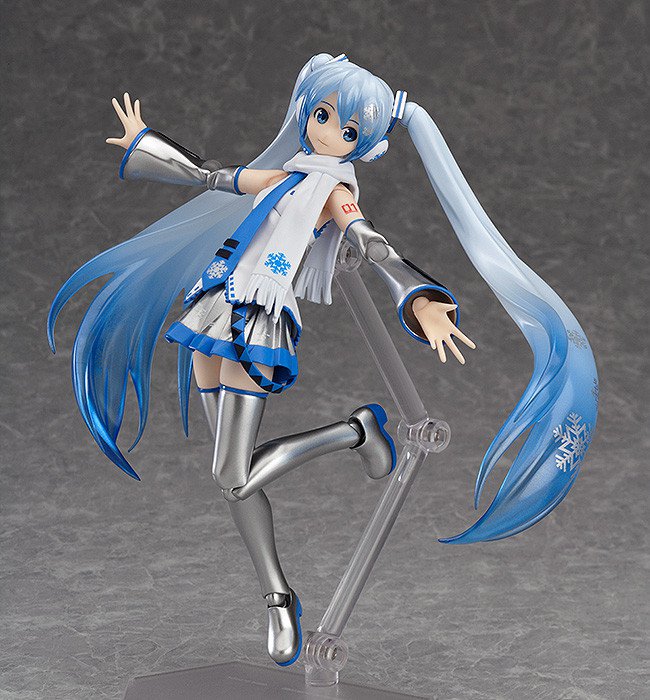
Cons
Visible Joints. The thing that turns people off from figmas the most is that the series has some rather visible joints. Though some can be hidden by long sleeves or blend in more thanks to wrinkles in the “clothing”, many joints cannot be hidden.
The knee and ankle joints are usually the ones that stick out in VOCALOID figmas the most but elbow joints can also cause a problem.
Lack of Characters. So far, most of the figmas made have been of Miku. There were Luka, Rin, and Len figmas made before figmas were updated. Since then, KAITO has seen a single release. Most of the VOCALOID figmas are Racing Miku figmas. However, Good Smile Company seems to be releasing a Snow Miku figma each year from now on as well.
 VNN Everything about virtual voices, just one click away!
VNN Everything about virtual voices, just one click away!
